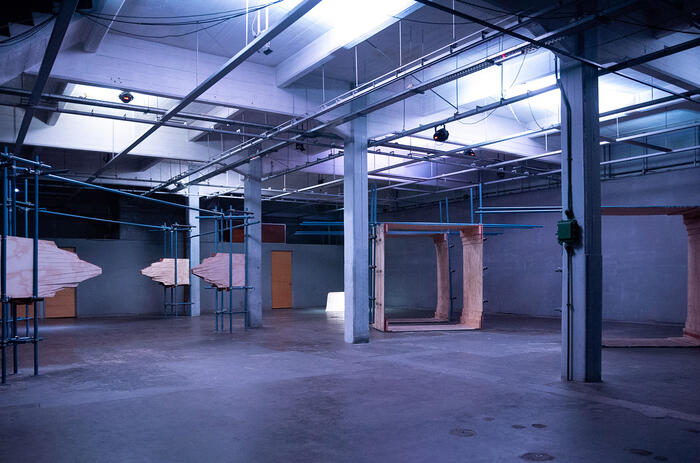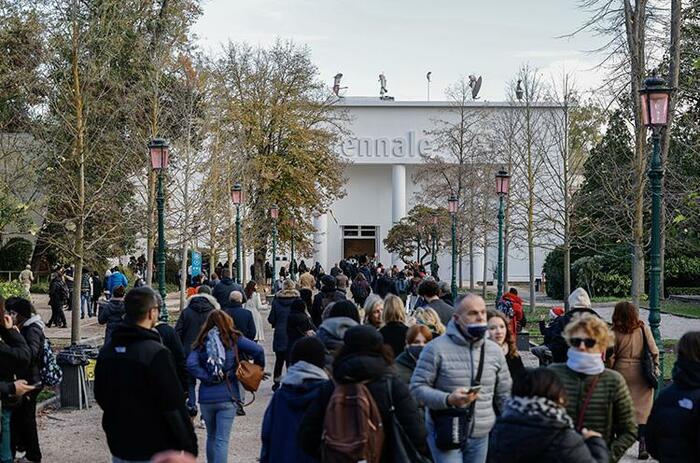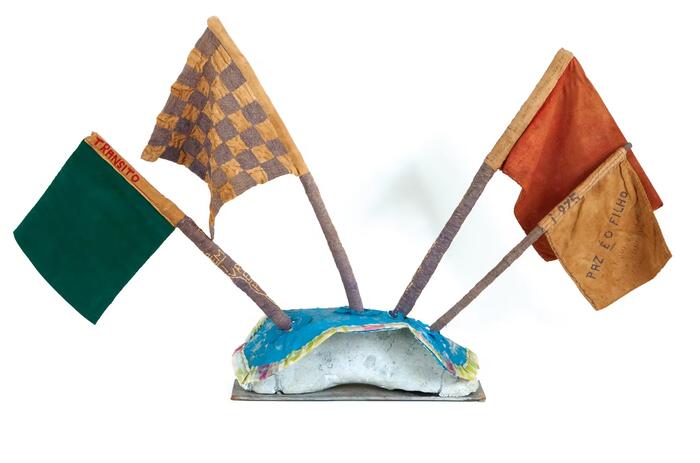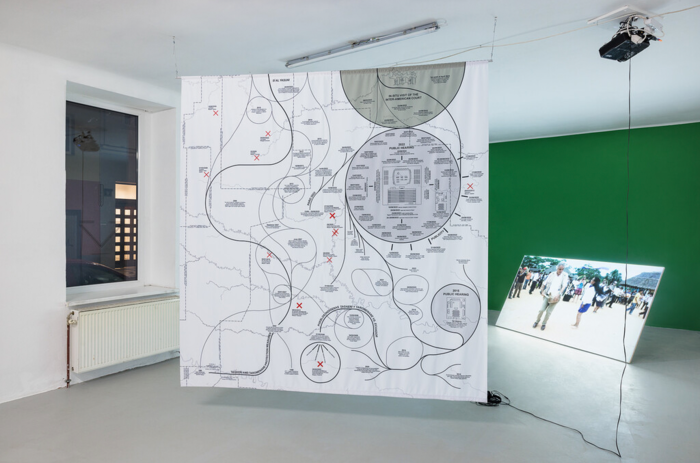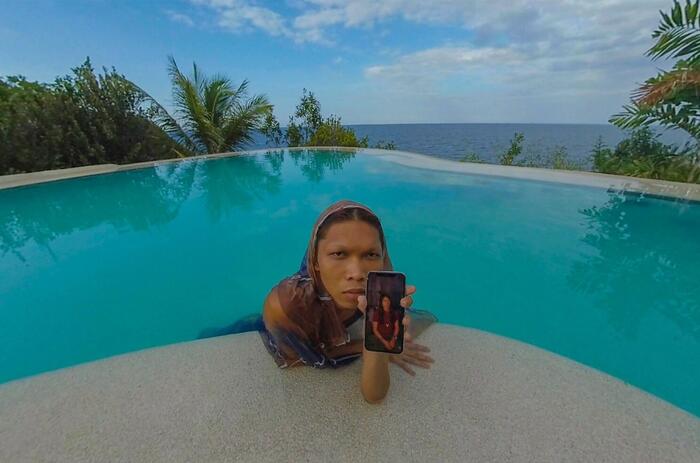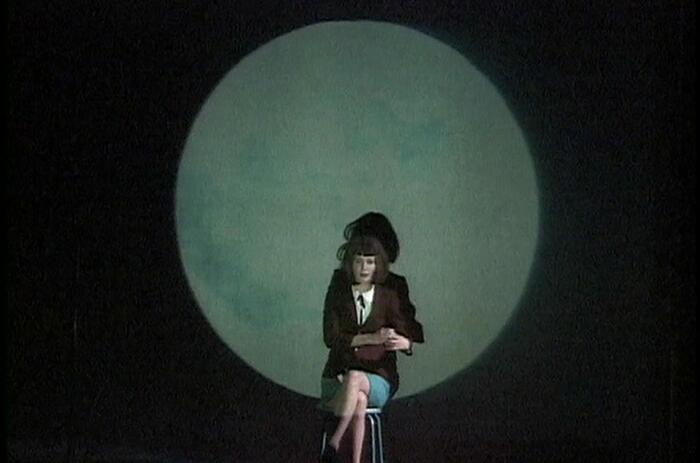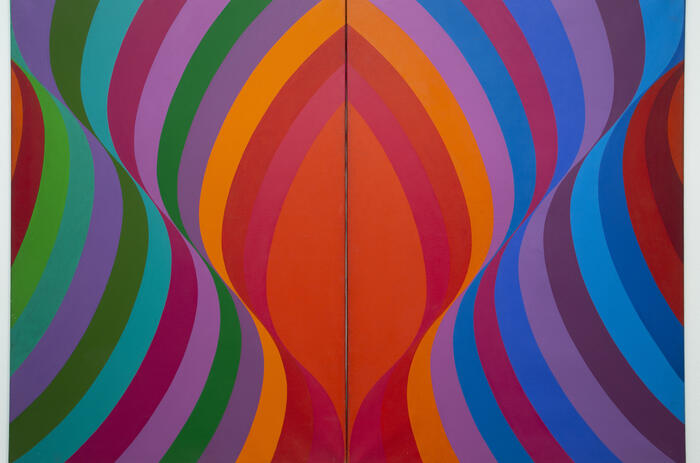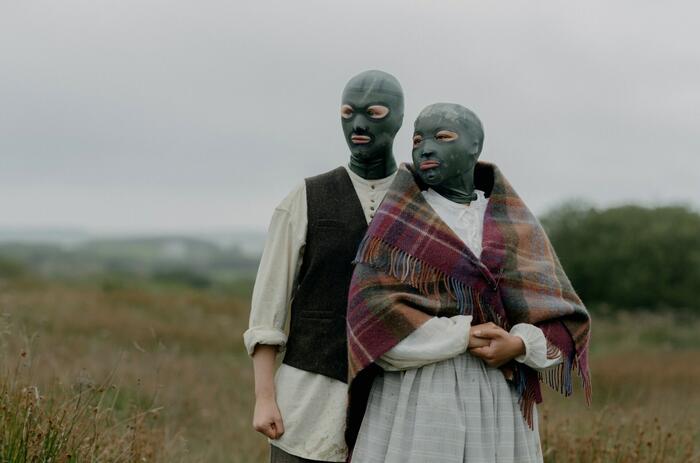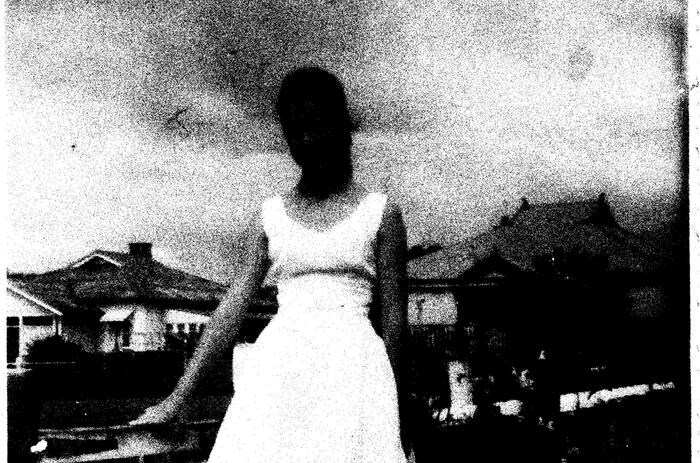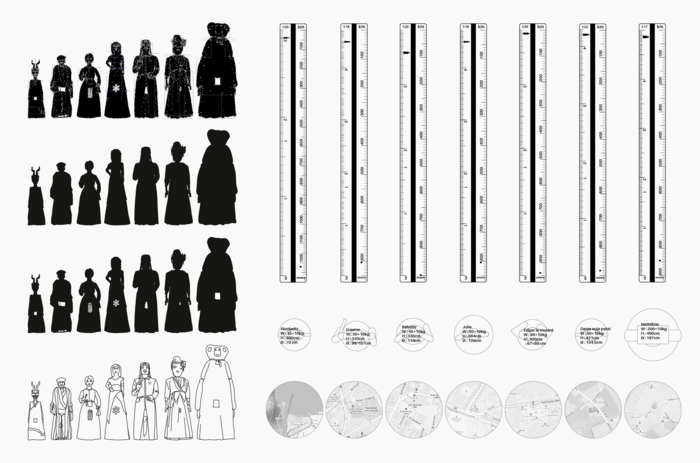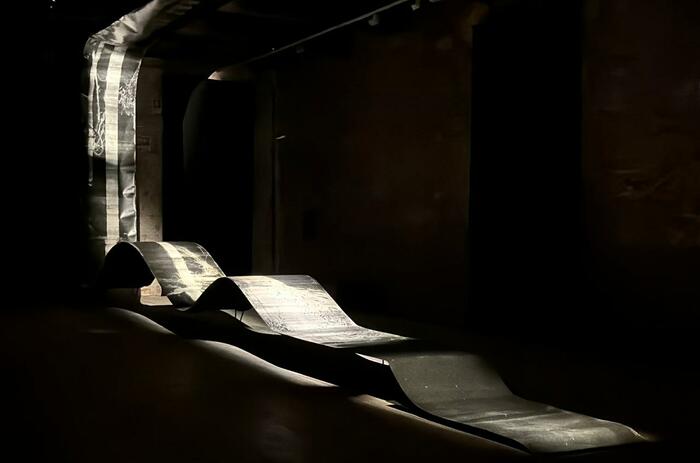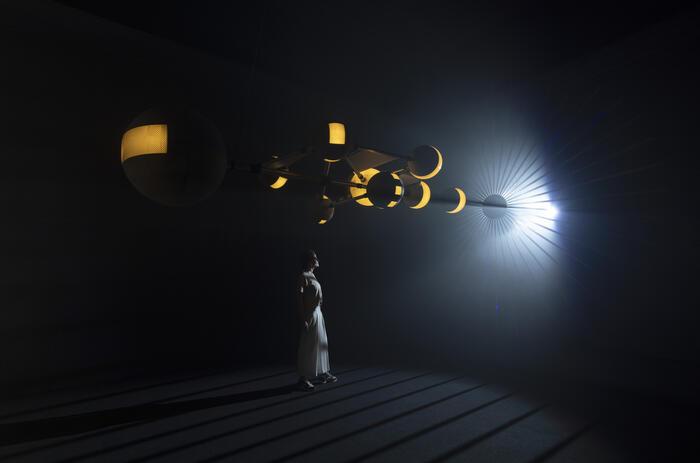THE BRAZILIAN PAVILION AT THE 2024 VENICE BIENNALE
Ka’a Pûera: we are walking birds, Brazil’s participation at the 60th International Venice Biennale, features the resistance and artistic production of Brazil’s native peoples, updating the problematic issues of colonization.
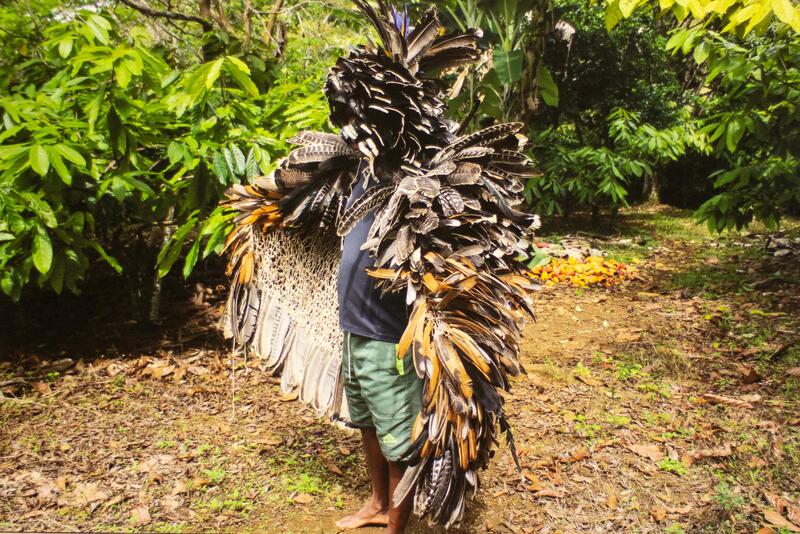
The Hãhãwpuá Pavilion—as the Brazilian Pavilion is referred to in this edition of the Biennale—presents Ka’a Pûera: we are walking birds, curated by Arissana Pataxó, Denilson Baniwa, and Gustavo Caboco Wapichana. The title alludes to two interconnected interpretations. Firstly, it refers to areas of cropland which, after being harvested, become dormant, and low-lying vegetation emerges, revealing the potential for resurgence. In addition, the capoeira is also known by the Tupinambá as a small bird that lives in dense forests, camouflaging itself in the environment.
In this edition of the Biennale, the Hãhãwpuá Pavilion is notable for its presentation of native peoples and their artistic production, especially the resistance of the knowledge and practices of coastal inhabitants. The exhibition addresses issues of marginalization, dispossession, and rights violations, inviting reflection on resistance and the shared essence of humanity, birds, memory, and nature. Glicéria Tupinambá works with the Tupinambá Community of Serra do Padeiro and Olivença, in Bahia, to create her works. The Pavilion also features works by artists Olinda Tupinambá and Ziel Karapotó.
“The show brings together the Tupinambá Community and artists coming from the coastal peoples—the first to be transformed into foreigners in their own Hãhãw (ancestral territory)—in order to express a different perspective on the vast territory where more than three hundred indigenous peoples live (Hãhãwpuá). The Hãhãwpuá Pavilion tells a story of indigenous resistance in Brazil, the strength of the body present in the retaking of territory and adaptation to climatic emergencies,” say the curators.
The Tupinambá were considered extinct until 2001, when the Brazilian State finally recognised that not only had they never been exterminated, but that they were actively fighting to reclaim their territory and part of their culture, taken away by colonization.
“The exhibition is being held in the year in which one of the Tupinambá mantles returns to Brazil after a long period in European exile, where it had been since 1699 as a political prisoner. The garment spans time and brings the issues of colonization into the present day, while the Tupinambá and other peoples continue their anti-colonial struggles in their territories—like the Ka’a Pûera, birds that walk over resurgent forests,” the curators add.
The term Hãhãwpuá
In this edition, the Brazil Pavilion is referred to by the curators as the Hãhãwpuá Pavilion, symbolizing Brazil as an indigenous territory, with ‘Hãhãw’ meaning ‘land’ in the Patxohã language. The name ‘Hãhãwpuá’ is used by the Pataxó to refer to the territory that, after colonization, became known as Brazil, but which has had, and still has, many other names.
Artists: Glicéria Tupinambá with the Tupinambá Community of Serra do Padeiro and Olivença; Olinda Tupinambá; and Ziel Karapotó.

